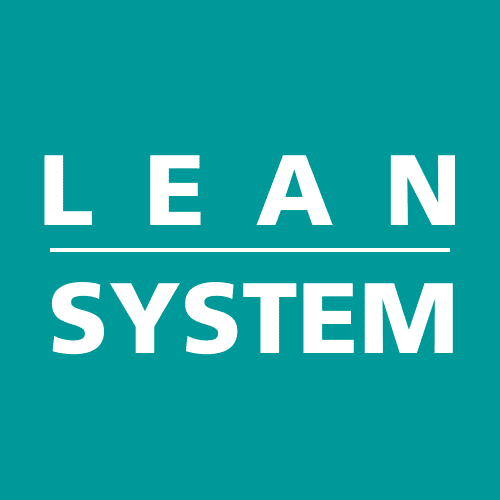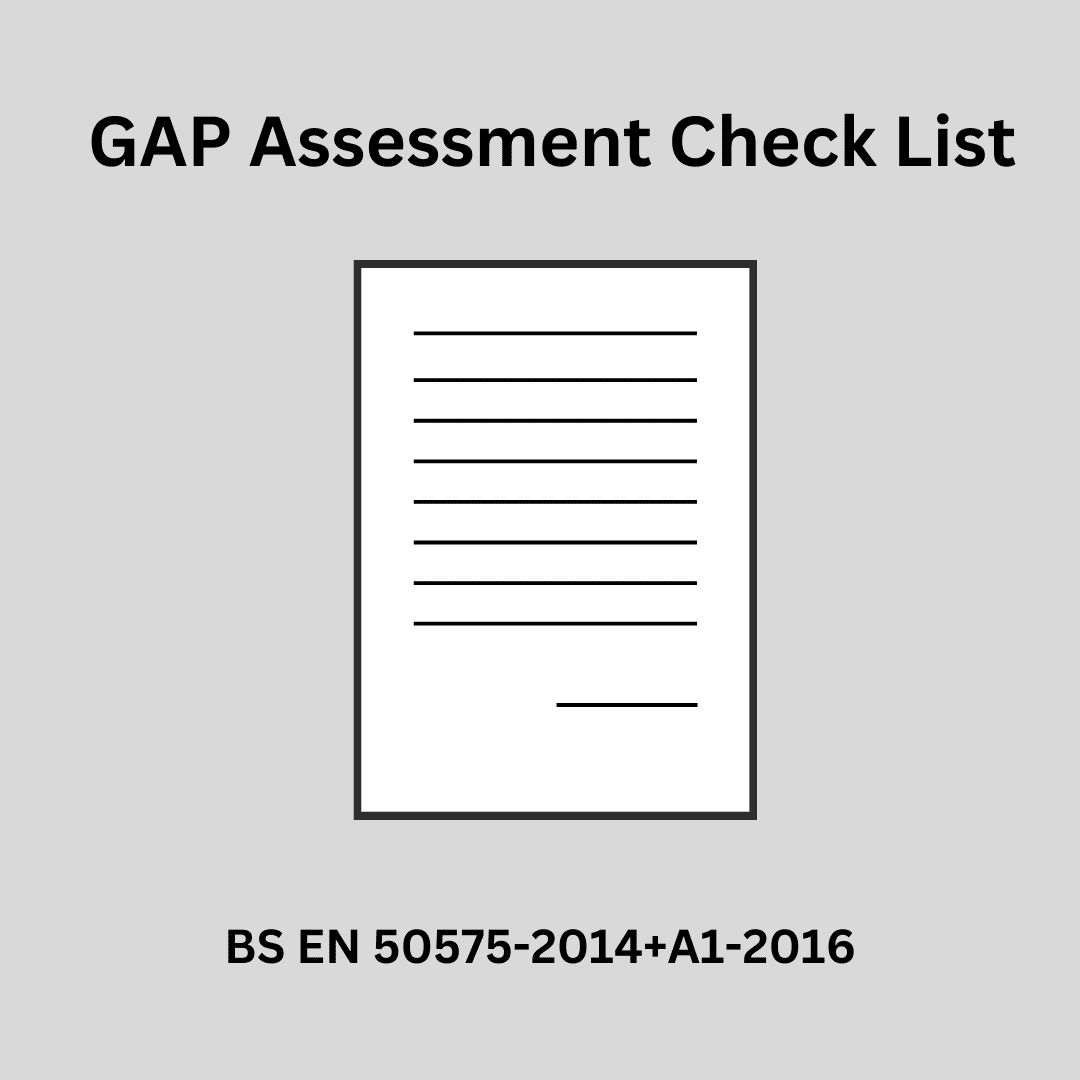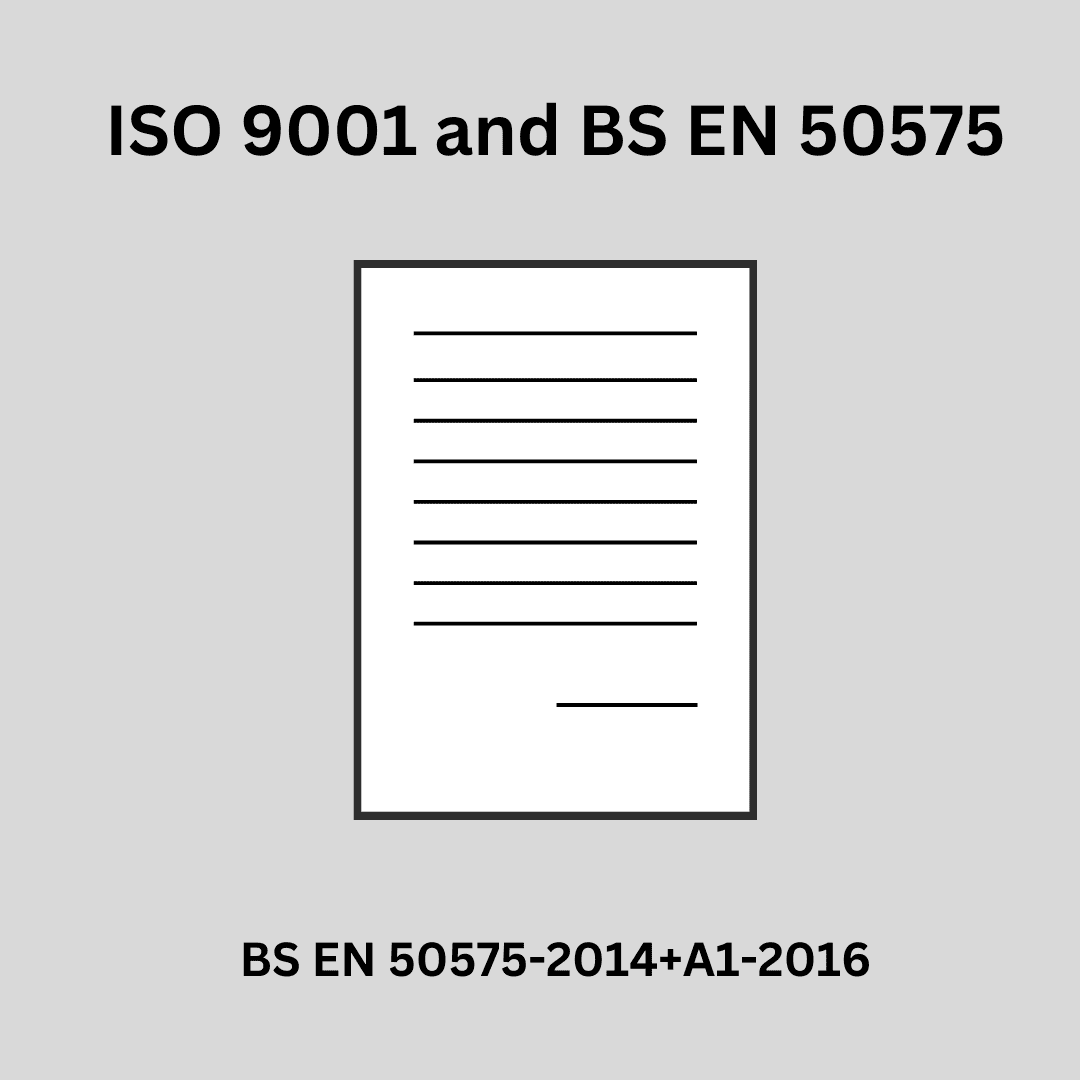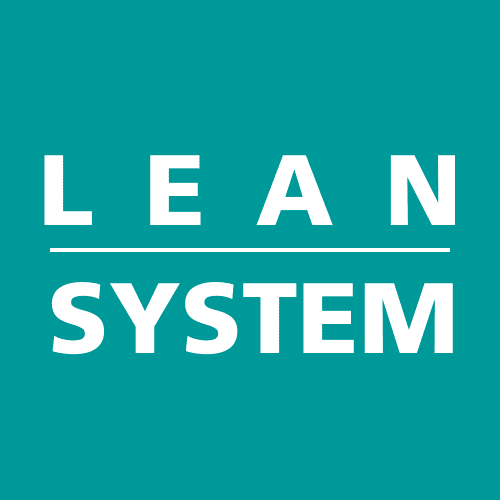BS EN 50575:2014+A1:2016 covers power, control, and communication cables that are used in general construction works and are subject to fire reaction requirements. This standard specifies the performance requirements and test methods for these cables to ensure they meet this standards.
Scope of BS EN 50575:2014+A1:2016
BS EN 50575:2014+A1:2016 focuses on the requirements for the reaction to fire performance of power, control, and communication cables used in construction works. The standard specifies the performance criteria and test methods to assess the behavior of these cables in the event of a fire. It is aimed at ensuring that the cables installed in buildings and other civil engineering works contribute to the safety of the structure by limiting the generation and spread of fire and smoke.
The standard applies to wires and cables with the intended use of supplying electricity and communication services in various construction environments. It covers:
Reaction to Fire: The criteria include flame propagation, heat release, smoke production, and the emission of corrosive and toxic gases. These characteristics are essential to determine the cable's ability to limit fire spread and ensure the safety of building occupants.
Release of Dangerous Substances: The standard addresses the potential release of hazardous substances during a fire, ensuring that cables do not emit harmful chemicals that could endanger health.
BS EN 50575:2014+A1:2016 also outlines the procedures for the Assessment and Verification of Constancy of Performance (AVCP) of the cables, which is categorized into different systems
System 1+
System 1+ is the most rigorous system of Assessment and Verification of Constancy of Performance (AVCP) specified within the standard. This system ensures that the products meet the essential characteristics required for their intended use, particularly regarding reaction to fire. The tasks under System 1+ are divided between the manufacturer and a notified product certification body.
System 3
System 3 is a less stringent system of Assessment and Verification of Constancy of Performance (AVCP) compared to System 1+. It applies primarily to products intended for uses that involve a lower level of regulatory concern, such as those with performance classes Dca, Eca, and uses subject to regulations on dangerous substances. The key activities in System 3 involve both the manufacturer and a notified testing laboratory.
System 4
System 4 is the least demanding among the systems of Assessment and Verification of Constancy of Performance (AVCP) defined in the standard. It applies to products with the lowest regulatory concern, specifically those with performance class Fca.
Product Characteristics of BS EN 50575:2014+A1:2016
BS EN 50575:2014+A1:2016 specifies various product characteristics for power, control, and communication cables to ensure they meet the necessary safety and performance standards. The key characteristics covered by this standard include:
Reaction to Fire
- Flame Propagation: Cables must limit the spread of fire. This includes ensuring that the flame does not propagate along the cable.
- Heat Release: The standard specifies limits on the amount of heat released by the cables during combustion.
- Smoke Production: The amount of smoke produced by burning cables is regulated to enhance visibility and reduce the risk to individuals during a fire.
- Emission of Corrosive and Toxic Gases: The release of harmful gases during combustion is controlled to minimize health risks.
Release of Dangerous Substances
- Hazardous Substances: The standard addresses the potential release of hazardous substances during normal use and in the event of a fire, ensuring that cables do not emit dangerous chemicals that could harm individuals or the environment.
Performance Consistency
- Factory Production Control (FPC): Manufacturers must implement and maintain a robust factory production control system to ensure the consistent quality and performance of the cables. This includes regular inspections and audits of the production processes.
- Assessment and Verification of Constancy of Performance (AVCP): Cables must undergo rigorous testing and certification to verify their compliance with the standard. This involves initial type testing, continuous surveillance, and periodic reassessment.
Marking, Labelling, and Packaging
- Product Identification: Cables must be clearly marked with the manufacturer's name or trademark, product description, and reaction to fire class. This ensures traceability and identification of the cable's performance characteristics.
- Legibility: All markings must be legible and durable, ensuring that they remain visible throughout the cable's lifespan.
By adhering to these product characteristics, BS EN 50575:2014+A1:2016 ensures that cables used in construction are safe, reliable, and perform consistently, thereby enhancing the overall safety of buildings and other civil engineering works.
Documentation Requirements of BS EN 50575:2014+A1:2016
The BS EN 50575:2014+A1:2016 standard outlines comprehensive documentation requirements to ensure compliance and maintain the integrity of cable performance. Here are the key documentation aspects:
Factory Production Control (FPC)
Manufacturers are required to establish and maintain extensive records that provide evidence of compliance with defined acceptance criteria. These records must show that the production process has been sampled and tested according to the standards. The documentation should include:
- Production Records: Detailed logs indicating that production samples meet the defined acceptance criteria.
- Duration of Record-Keeping: These records must be retained for at least three years to ensure traceability and verification over time .
Declaration of Performance (DoP)
The DoP is a critical document that manufacturers must prepare and maintain. It includes several essential elements:
- General Requirements: The DoP must be based on the different Assessment and Verification of Constancy of Performance (AVCP) systems set out in Annex V of Regulation (EU) No. 305/2011.
- Content of DoP: It must include the reference of the product-type, the AVCP system(s), the harmonized standard used for the assessment, intended use or uses, and the list of essential characteristics as determined in the harmonized technical specification.
- Example of DoP: The standard provides a template for the DoP, ensuring uniformity and compliance across different manufacturers .
Inspection Reports
For products under AVCP system 1+, there are additional documentation requirements:
- Initial Inspection: Reports from the initial inspection of the factory and the FPC must verify compliance with the standard's requirements, including resource availability, adherence to FPC procedures, and product compliance with type samples.
- Continuous Surveillance Reports: These include documentation of biannual surveillance of the FPC, which reviews the FPC test plans and production processes to ensure ongoing compliance and address any significant changes .
CE Marking and Certification
Manufacturers are responsible for drawing up the DoP and affixing the CE marking. The documentation should demonstrate:
- Type Testing: Certification by a notified body based on type testing, calculations, or descriptive documentation.
- Continuous Assessment: Ongoing assessments and evaluations to ensure that production continues to meet the required standards .
By maintaining thorough documentation as outlined in BS EN 50575:2014+A1:2016, manufacturers can ensure that their cables are compliant, safe, and reliable, providing essential evidence for regulatory compliance and market acceptance.



